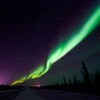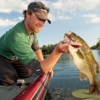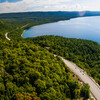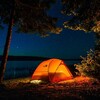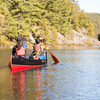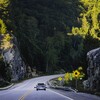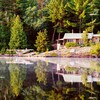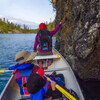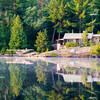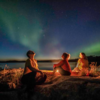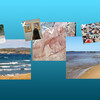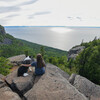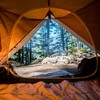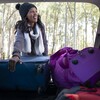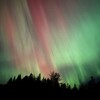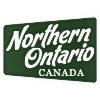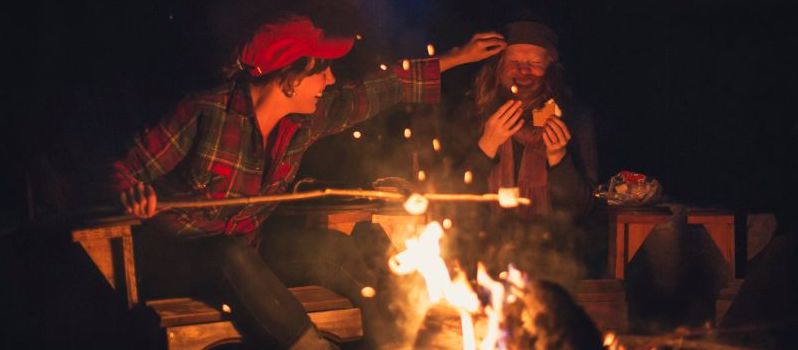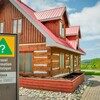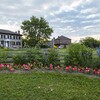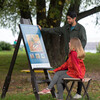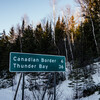
Master the Art of Building a Campfire: Your Complete Guide

Building a campfire is an essential skill for any outdoor adventurer. Whether you’re camping in the backcountry wilderness or at a designated campsite, knowing how to properly set up, light, and maintain a fire is key. This guide will provide you with best practices, tips, and fire safety information to ensure you enjoy your campfire safely, in any season.
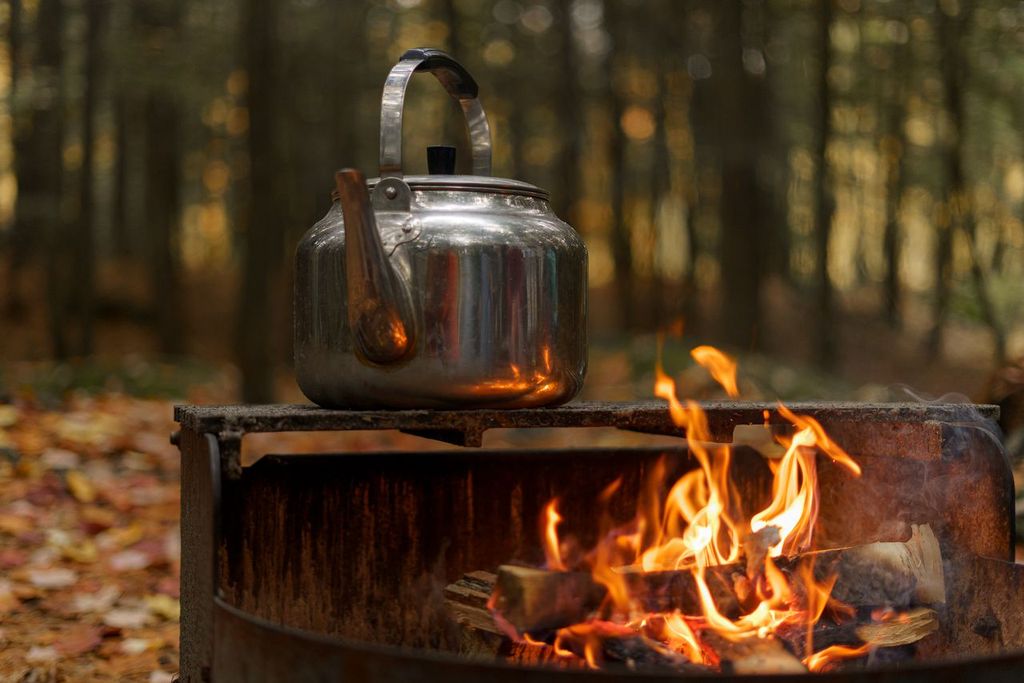
1. Choose the Right Location for Your Campfire
Before starting your fire, you need to pick an appropriate location:
- Use designated fire pits when available.
- Clear an area at least 10 feet (3 meters) from tents, trees, and overhanging branches.
- Avoid windy areas to prevent the fire from spreading or becoming uncontrollable.
2. Gather Your Materials: Tinder, Kindling, and Firewood
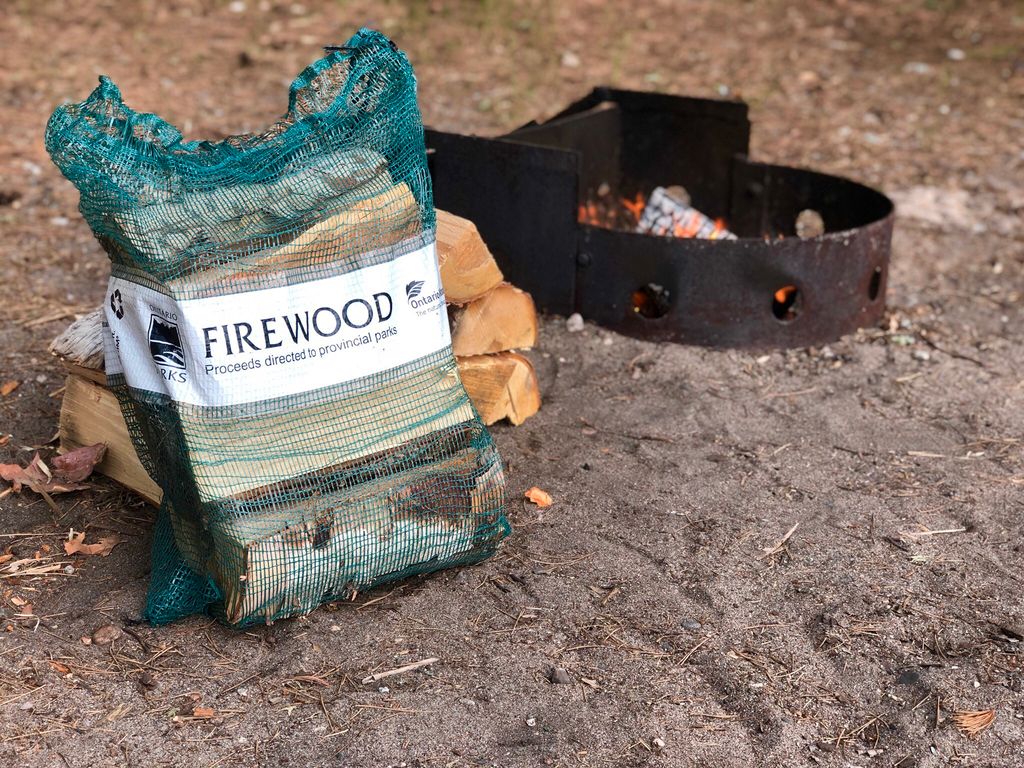
Make sure you have all the necessary fire-building materials:
- Tinder: Small, easily flammable items like dry leaves, pine needles, and newspaper.
- Kindling: Small sticks and twigs that help ignite the larger logs. Choose sticks that are as dry as possible–they should crack and break easily when you bend them.
- Firewood: Dry, seasoned logs to sustain the fire.
3. Build the Fire Structure: Teepee or Log Cabin Method
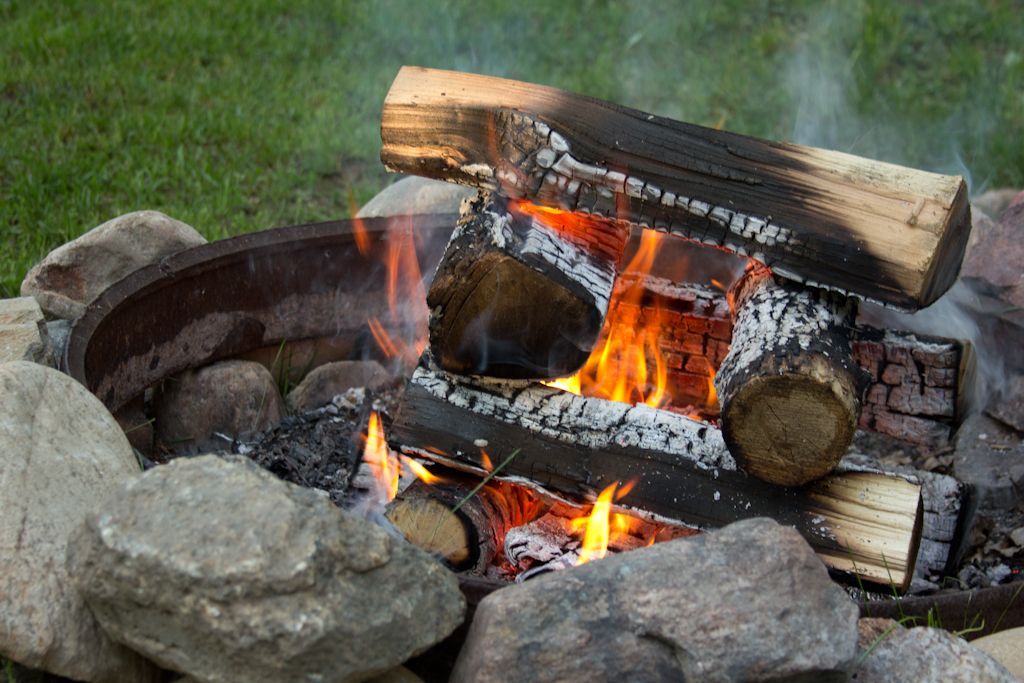

There are different ways to stack your fire materials, but two popular methods include:
- Teepee Structure: Arrange the tinder in the center with kindling forming a small teepee around it. Larger logs can be added as the fire grows.
- Log Cabin Structure: Stack kindling in a criss-cross pattern, forming a square with tinder in the center. Add firewood as the fire strengthens.
*Pro tip: If you wish, try a combination of the two methods—a short log cabin structure with a teepee filled with kindling in the centre. This reduces the need to add larger bits of wood as the teepee structure burns away.
4. How to Light a Campfire Safely
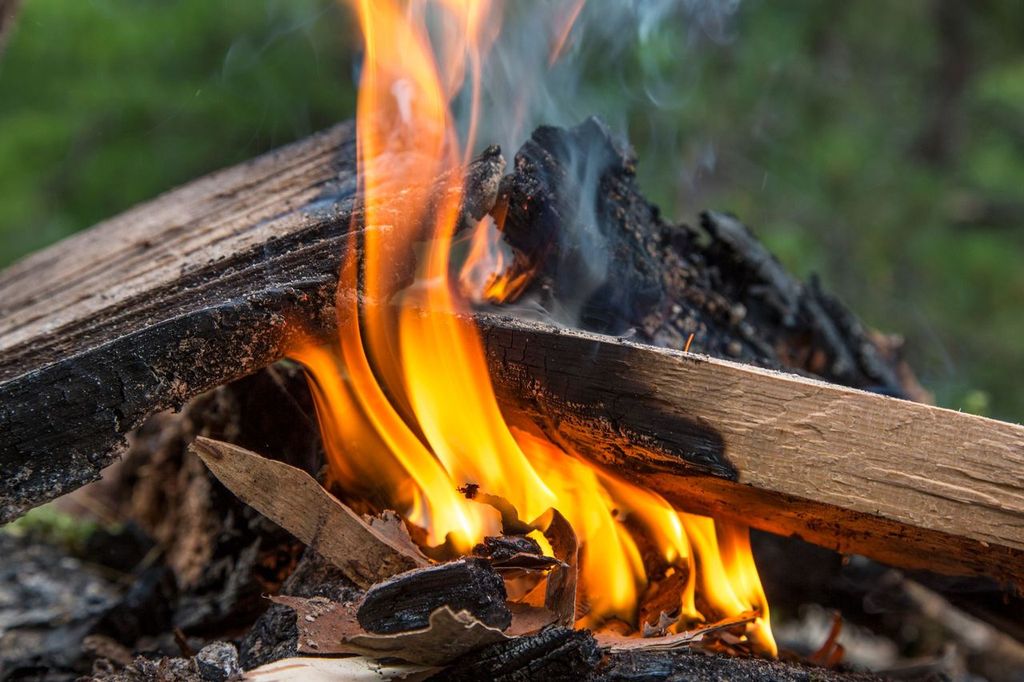
Once your structure is built:
- Light the tinder with a match or lighter. Try to light from the underside of the tinder, and as far into the centre of the pile as possible. Long wooden matches or a barbeque lighter can make this easier—or try lighting the end of a dry twig and use it to insert the flame into the centre of the pile of tinder. Light in multiple locations in the pile to give a better chance of the tinder catching.
- Gently blow on the base to encourage the flame, but be careful not to blow out the fire.
- As the fire begins to grow, gradually add more kindling and firewood to the teepee or cabin structure—the smaller and dryer the better, at first! Placing a large piece of wood flat onto the flame will snuff it out, so take care to lean anything you add over top of the flame onto the existing structure.
5. Tips for Maintaining a Steady Campfire
Keep the fire burning steadily:
- Add larger pieces of firewood as needed.
- Avoid overloading the fire with too much wood at once, as it can smother the flames.
- Keep the fire small and manageable to reduce the risk of it spreading. Usually adding one or two logs at a time as the fire burns down is enough.
6. Fire Safety Best Practices: Avoid Hazards

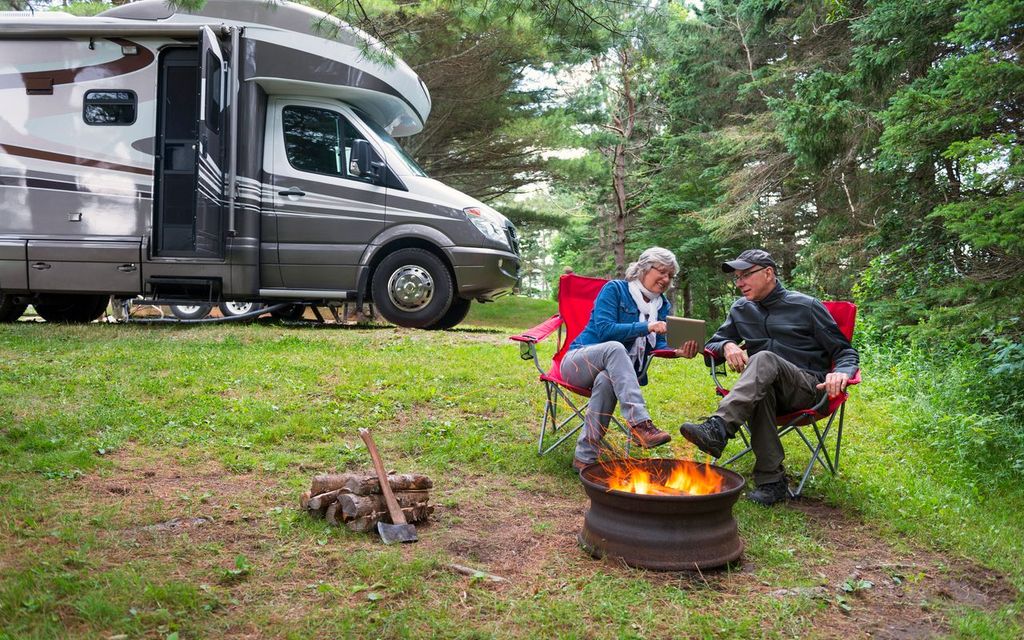
Fire safety is crucial, especially when camping in the Canadian wilderness:
- Always have water nearby. A bucket of water or sand can help extinguish the fire quickly.
- Avoid burning large pieces of paper or plastic trash! This can cause the fire to flair, and often sends burning bits of paper or plastic into the air which could cause the fire to spread.
- Never leave the fire unattended. If you need to step away, make sure the fire is fully extinguished first.
- Extinguish properly: Pour water over the fire and stir the ashes to ensure all embers are out. The fire should be completely cold before leaving the site.
- Check local regulations. Certain areas may have fire bans during dry seasons, so be sure to check to see if there is a fire ban in that area beforehand. You can also use this guide to wildfires in Ontario to get an idea of what the conditions are in your area before heading out.
7. Minimize Environmental Impact When Building a Campfire
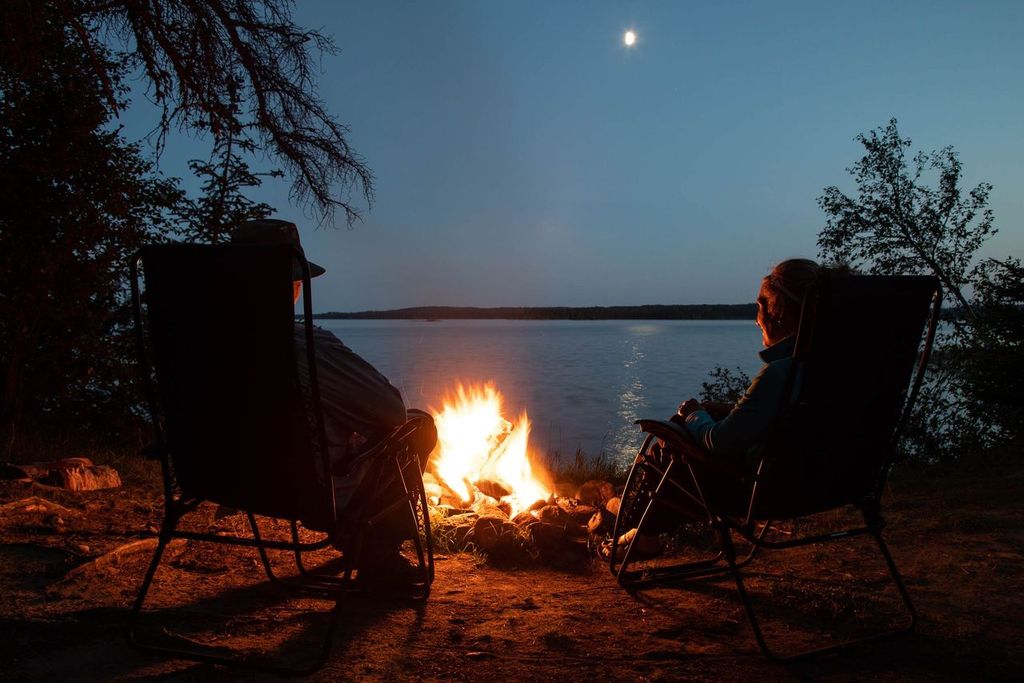
To minimize your environmental impact:
- Use local firewood to prevent spreading pests and diseases between regions.
- Stick to small, controlled fires to reduce smoke and preserve air quality.
- Leave no trace: Pack out any unburned materials and clean the area thoroughly.
Building a safe and effective campfire is a rewarding experience for any outdoor enthusiast. By following these guidelines, campers can enjoy the warmth, ambiance, and utility of a campfire while adhering to best practices and fire safety rules. Always respect nature, keep safety in mind, and leave your campsite as you found it for future adventurers.
Happy camping!
